|
close
window
The
Chart Polski was first described in writing in 1600 (Gostomski), and appears
in numerous paintings of the 1800's by Juliusz Kossak, Jozefa Brandta,
and Alfreda Wierusz-Kowalskiego, and also in sketches by Siemienski and
Norblina.

Artist: Juliusz
Kossak
The
Chart Polski hunted hare, deer, and wolves in his homeland, and the Chart
Polski of today is only a few generations from the working/hunting hounds
of Poland. During the chase, besides being extremely fast with great endurance,
the Chart Polski is also very skillful and persistent - reacting quickly,
confidently, and displaying great courage under fire
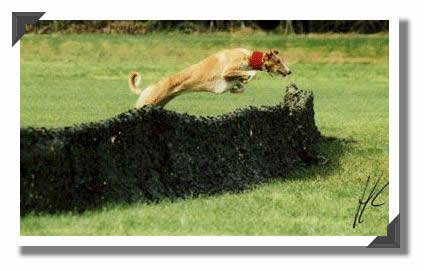
Photographer:
Hans Kok
Unfortunately
during the late 19th Century after many political and economic upheavals
in Poland and the surrounding areas, and the fall of the large landholders,
hunting with the sighthounds was becoming impossible. The World Wars in
the 20th century nearly wiped out the breed completely, and only a small
number remained in kennels in Poland, and in a part of the Ukraine (which
was once part of Poland).

Photographer:
Steve Surfman
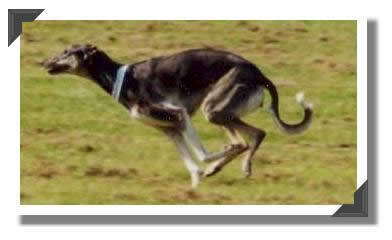
Owners
& photographer: Femia and Bert Waijers

Photographer: Marta Koscianska
- Gajda
|

Photographer:
Hans Kok
Xavier
Przezdziecki theorized about the Chart Polski's origin in his book, "Le
Destin des Levriers" (1984): (Translation) "At the same
time greyhounds in England were being selected and developed for extreme
speed on relatively short distances to catch hare, the Poles were selecting
their sighthounds to be capable of chasing their prey - hares, foxes,
wolves, and bustard - in vast dry steppes."
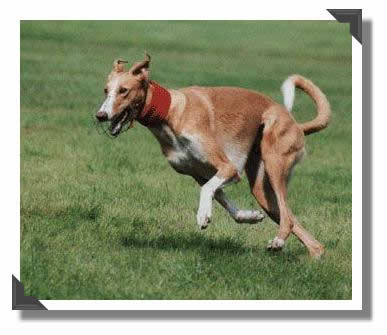
Photographer: Hans Kok
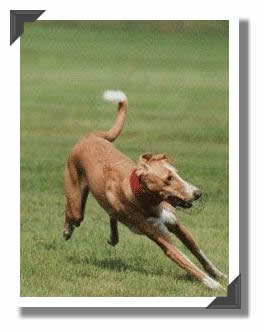
Photographer: Hans Kok
Most
Chart Polski were lost in Poland's turbulent past, including WWII. There
remained only a few purebred Charts in Poland when Drs. Malgorzata and
Izabella Szmurlo (Celerrimus Kennel) began the effort to revive the breed
in 1974.
|
|

Bartek
Szmurlo on the white horse with CH Pl Harap Celerrimus HARAP Celerrimus
Polish Junior CH, Polish Coursing CH, Young European Win. Young World
Win., Sighthound Club Winner, Polski Chart Club Winner, Best of Polish
Breed, Special Polish Breed Clubs show: viceBIS, BOG, ... 4x CACIB, Multi
BOB
Adam
Warchol is on the paint horse, Beza. Dogs are:
CH Pl Galicja Celerrimus Polish Coursing CH, Young World Winner, Landessieger
and CH Pl Filutek Celerrimus, Polish Junior CH, Polish Coursing CH and
European racing Winner, BOB
Photographer: Marta Koscianska - Gajda
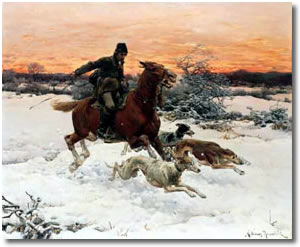
Artist: Alfreda
Wierusz-Kowalskiego
|
|
The Chart
Polski is a good-tempered dog - very loyal, devoted, and demonstrative
to its family. It should be noted that the breed is also quite protective
of its family and territory, and is often suspicious of strangers. This
breed requires proper early socialization, firm and fair human leadership,
and must never be treated harshly. Like many other sighthounds, the Chart
is very intelligent, creative, and can be stubborn. However, they have
their own unique breed traits and in many ways are definitely not "typical
sighthounds."
TOP
|










